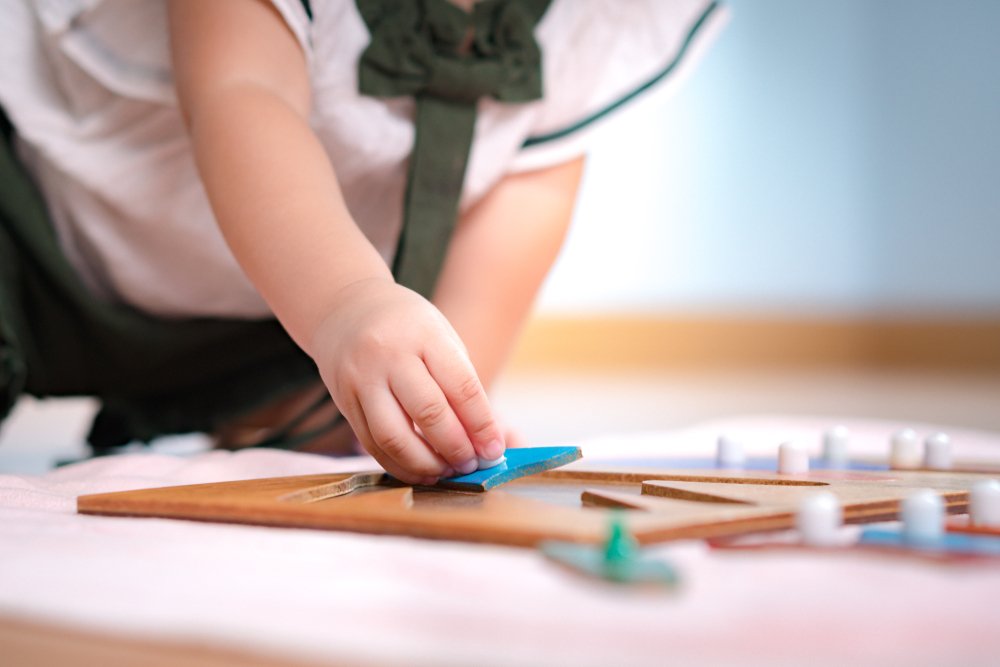Key points:
- Children around the age of three develop increased muscle movement control, including hand coordination.
- Development milestones for this age group include catching smaller balls, holding a pen or pencil between their fingers, and manipulating small objects like puzzle pieces.
- Parents can support their children’s hand coordination development through activities such as modeling how to hold a pen or pencil, cutting food into bite-size portions, and stringing beads or putting together simple peg puzzles.
As days go by, your little one is not so little anymore! You will bear witness to some great accomplishments and watch them gain more control over every aspect of their life. One of those aspects they are learning about is muscle movement. And as in every stage, this year comes with some great new skills.
What can you expect?
Your little one will most likely be able to:
• Catch smaller balls
• Insert small objects through a small opening
• Hold a crayon or pencil between their fingers, abandoning the fist-grip
• Start drawing or coloring a picture
• Copy simple lines
• Cut with scissors, even if it’s not in a straight line
• Manipulate small objects like puzzle pieces
How can you support their hand coordination development?
To keep building a strong foundation for them to progress on, you can do some of the following:
- Model how to hold a pen/pencil and watch them imitate you. If they can’t do it the first time, encourage them to practice more. You’ll see them make shoulder and elbow movements to draw lines in all directions, and each time they’ll show a little more control while doing them.
- Zipping and unzipping zippers might be a great way to strengthen small muscles and practice self-dressing skills.
- During snack time, try cutting fruit into bite-size portions and have them serve the snacks themselves, so they can practice grabbing small objects. You can do this with other types of food like cereal or crackers.
- Stringing beads. It can be a great way to foster the development of hand coordination abilities. You can also try this using cereal. Keep in mind supervision is always needed during this type of play to avoid any choking hazards.
- Picking up connecting blocks after building a tower. There’s a lot of different exercises you can practice with this. Bending over to pick each one up, separating them into colors, classifying them by different sizes, etc.
- Putting together simple peg puzzles can also contribute to the improvement of hand and wrist dexterity. Plus, it’s a great way to foster cognitive flexibility and problem-solving abilities!
Many of these activities and movements are crucial for gaining pre-writing skills. Remember how important it is to establish a solid foundation for them next time you are spending time with your little one.








